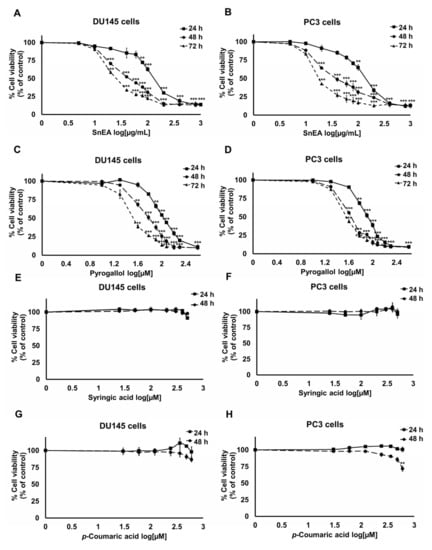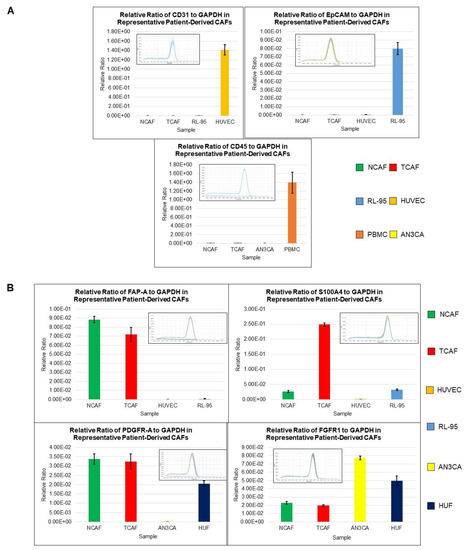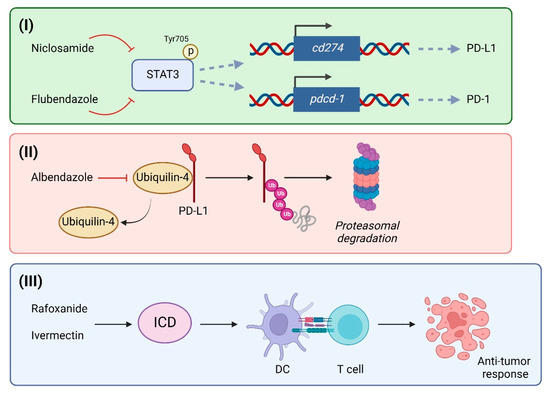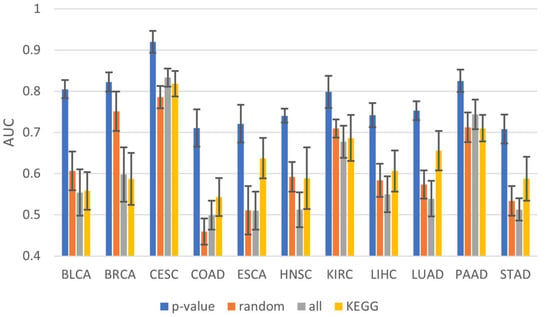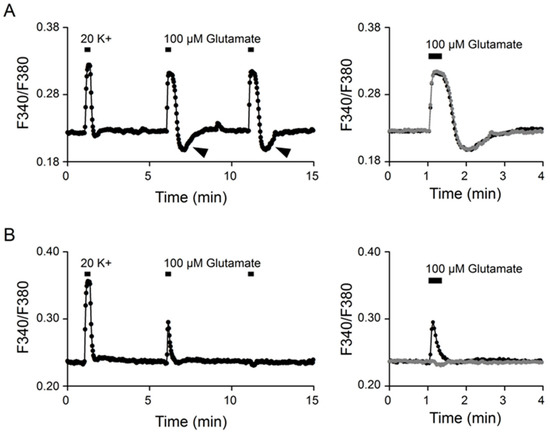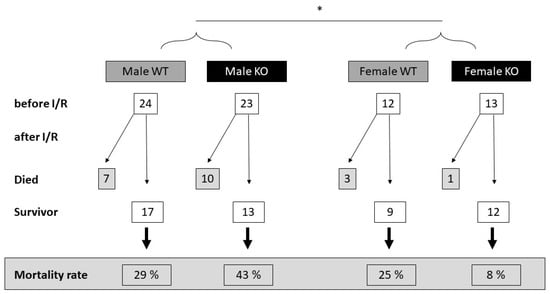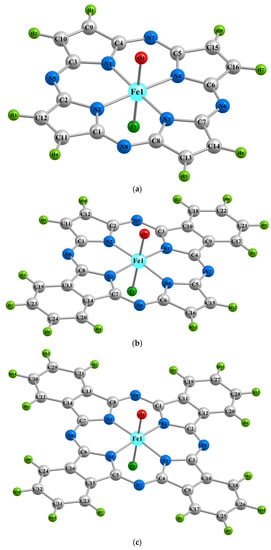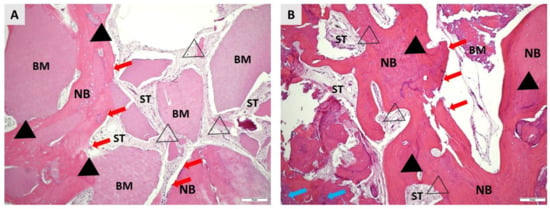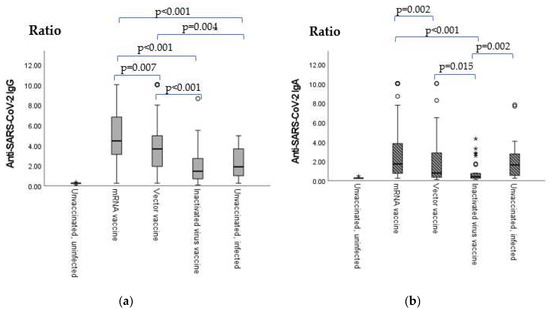Int. J. Mol. Sci. 2023, 24(7), 6452; https://doi.org/10.3390/ijms24076452 - 29 Mar 2023
Cited by 8 | Viewed by 2755
Abstract
Castration-resistant prostate cancer (CRPC) is an advanced form of prostate cancer associated with poor survival rates. The high proliferation and metastasis rates have made CRPC one of the most challenging types of cancer for medical practitioners and researchers. In this study, the anti-cancer
[...] Read more.
Castration-resistant prostate cancer (CRPC) is an advanced form of prostate cancer associated with poor survival rates. The high proliferation and metastasis rates have made CRPC one of the most challenging types of cancer for medical practitioners and researchers. In this study, the anti-cancer properties and inhibition of CRPC progression by S. neglecta extract and its active constituents were determined using two CRPC cell lines, DU145 and PC3. The ethyl acetate fraction of S. neglecta (SnEA) was obtained using a solvent-partitioned extraction technique. The active constituents of SnEA were then determined using the HPLC technique, which showed that SnEA mainly contained syringic acid, pyrogallol, and p-coumaric acid phenolic compounds. After the determination of cytotoxic properties using the SRB assay, it was found that pyrogallol, but not the other two major compounds of SnEA, displayed promising anti-cancer properties in both CRPC cell lines. SnEA and pyrogallol were then further investigated for their anti-proliferation and apoptotic induction properties using propidium iodide and Annexin V staining. The results showed that SnEA and pyrogallol inhibited both DU145 and PC3 cell proliferation by inducing cell cycle arrest in the G0/G1 phase and significantly decreased the expression of cell cycle regulator proteins (cyclin D1, cyclin E1, CDK-2, and CDK-4, p < 0.001). SnEA and pyrogallol treatments also promoted apoptosis in both types of CRPC cells through significantly downregulating anti-apoptotic proteins (survivin, Bcl-2, and Bcl-xl, p < 0.001) and upregulating apoptotic proteins (cleaved-caspase-9, cleaved-caspase-3 and cleaved-PARP-1, p < 0.001). Mechanistic study demonstrated that SnEA and pyrogallol inactivated the Akt signaling pathway leading to enhancement of the active form of GSK-3β in CRPC cell lines. Therefore, the phosphorylation of β-catenin was increased, which caused degradation of the protein, resulting in a downregulation of β-catenin (unphosphorylated form) transcriptional factor activity. The current results reflect the potential impact of S. neglecta extract and pyrogallol on the management of castration-resistant prostate cancer.
Full article
(This article belongs to the Special Issue Bioactive Compounds and Therapeutic Targets in Prostate Cancer)
►
Show Figures
